生物预处理工艺—催化铁与混凝协同处理工业废水的研究
摘要浙江某污水处理厂废水以印染废水和化工废水为主。该厂印染废水pH较高,且SS较高;化工废水pH较低,水质复杂,可生化性差,处理难度很大。针对目前废水处理工艺优化通常侧重于改善具体某一单元处理效果的情况,开展了混凝法协同生物法处理印染废水的连续流小试。针对该厂化工废水酸度大特点,开展了催化铁法预处理酸性化工废水以及利用其产生的亚铁离子进行混凝处理的序批式试验。考虑到该厂印染废水碱性大的特点,开展了酸性化工废水经催化铁预处理后和碱性印染废水混合,进行混凝反应,最后进行生物处理的小试研究,考察了各影响因素对处理效果的影响,并进行了原因分析。以期实现缓冲酸性废水,充分利用产生的亚铁离子的混凝作用,达...
相关推荐
-
我国基层财政困难的制度成因分析与对策研究VIP免费
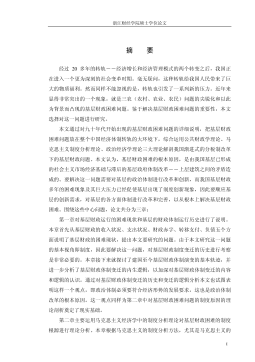
 2024-09-20 25
2024-09-20 25 -
我国煤电产业链纵向交易合约机制研究VIP免费
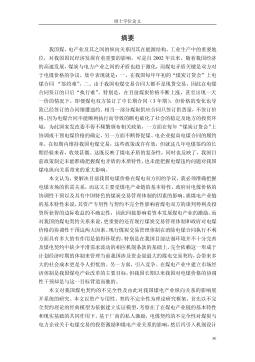
 2024-09-20 23
2024-09-20 23 -
生产要素视角下的上海市产业结构优化研究VIP免费
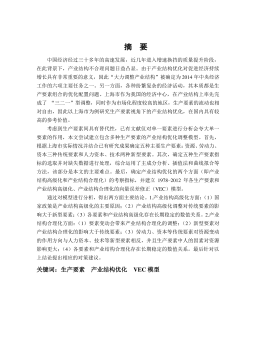
 2025-01-09 6
2025-01-09 6 -
我国银行业结构与经济结构关系研究VIP免费
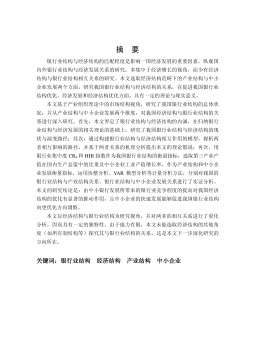
 2025-01-09 7
2025-01-09 7 -
大数据视角下农业供应链金融研究VIP免费
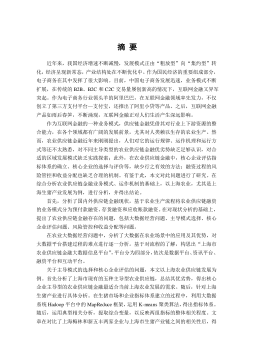
 2025-01-09 6
2025-01-09 6 -
跨国大型综合超市的规划研究VIP免费
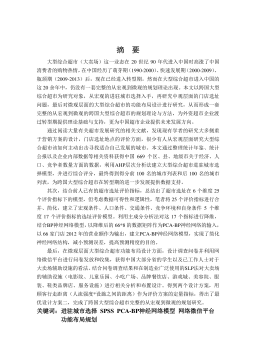
 2025-01-09 6
2025-01-09 6 -
跨境电商农产品质量安全问题研究VIP免费
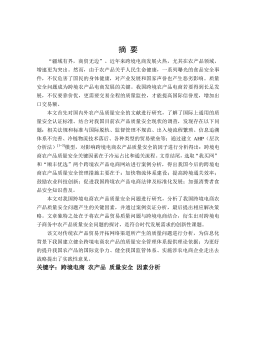
 2025-01-09 6
2025-01-09 6 -
世界市场的虚拟化与我国国际电子商务发展方向研究VIP免费
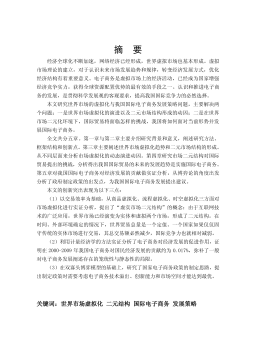
 2025-01-09 6
2025-01-09 6 -
中国政府对电力行业的价格规制问题研究VIP免费
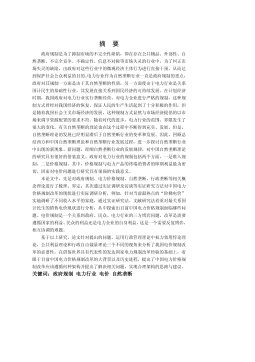
 2025-01-09 6
2025-01-09 6 -
中小企业信息化系统集成技术研究VIP免费

 2025-01-09 11
2025-01-09 11
相关内容
-

跨国大型综合超市的规划研究
分类:高等教育资料
时间:2025-01-09
标签:无
格式:PDF
价格:15 积分
-

跨境电商农产品质量安全问题研究
分类:高等教育资料
时间:2025-01-09
标签:无
格式:PDF
价格:15 积分
-

世界市场的虚拟化与我国国际电子商务发展方向研究
分类:高等教育资料
时间:2025-01-09
标签:无
格式:PDF
价格:15 积分
-

中国政府对电力行业的价格规制问题研究
分类:高等教育资料
时间:2025-01-09
标签:无
格式:PDF
价格:15 积分
-

中小企业信息化系统集成技术研究
分类:高等教育资料
时间:2025-01-09
标签:无
格式:PDF
价格:15 积分






